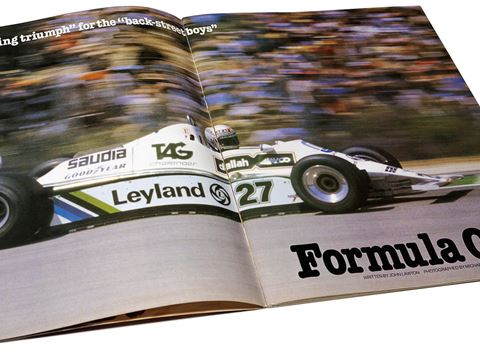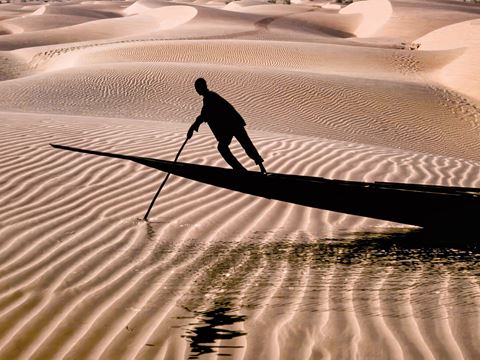
FirstLook: Hambori, Mali
I have many memories of road trips where the possibility of stopping for a casual photo was impossible. I’ve passed by landscapes, seascapes, storefronts, bazaars, people and events where I didn’t have the time to capture images.
I have many memories of road trips where the possibility of stopping for a casual photo was impossible. I’ve passed by landscapes, seascapes, storefronts, bazaars, people and events where I didn’t have the time to capture images. But this day, now 20 years ago, I didn’t let that happen. Writer Lou Werner and I were traveling through Hombori after completing our story for AramcoWorld on elephant conservation, on our way to our next assignment to the north in Gao, Mali. This meant buses, bush taxis and, this afternoon, hitchhiking. The mountain in the background of the photo is named The Hand of Fatima, and it served as the most beautiful backdrop for this part of our trip. Lou kept one eye on our baggage and another alert for our next ride, while I took about 10 minutes to wander into this open landscape. I wanted to make sure I photographed this place, where camels, goats and donkeys are shepherded by the Tuareg residents of the area. Minutes later we packed into a car with a man and his two sons, and thanks to him, we arrived in Gao by dusk.
—Kevin Bubriski
www.kevinbubriski.com
@kevinbubriski
You may also be interested in...

FirstLook - A blistering triumph for the back-street boys
Arts
Amid the roar of racers zooming toward the finish line in London during the 1980 Grand Prix, longtime auto-racing photographer and renowned artist Michael Turner trained his lens on a Saudia-Williams FW 07.
The Lost World Of Southern Iraq's Marsh Arabs
History
Arts
In late 1967, photographer Tor Eigoland traveled for more than: a month, mostly by canoe, among the countless villages of southern Iraq's vast marshes. Now, 45 years later, writer Anthony Sattin calls his photographs a "rare and ethnographic record of a lost world. They bring us back to a time and place where people lived in harmony with their environment and respected the balance the natural world needs to thrive.'
FirstLook: Poetic Fusion
Arts
Prior to our modern practice of image manipulation with editing software, photographers worked more with planned intention and craft.